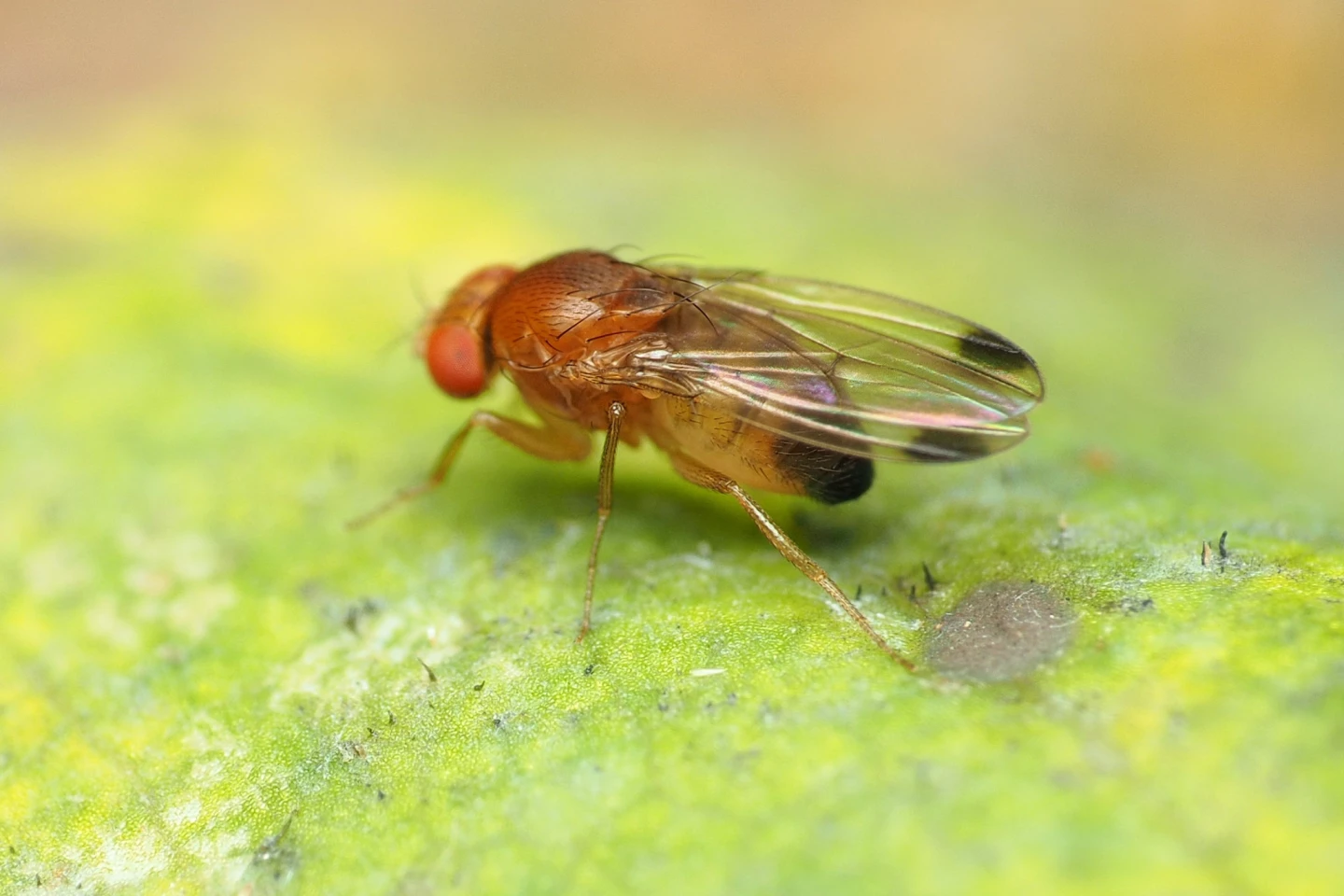The spotted-wing drosophila is a type of fruit fly that can destroy berry crops if not killed by the liberal use of insecticides. According to a new study, the smell of a crop-damaging fungus could provide an eco-friendly alternative to such toxic chemicals.
The fruit fly (Drosophila suzukii) ruins berries for human consumption by laying its eggs under the skin of the fruit. Larvae subsequently hatch from those eggs and feed on the berries until maturity.
Colletotrichum fioriniae fungus, meanwhile, is a problem of a different kind. Among other things, it causes plants' fruit to rot, resulting in drastically reduced yields.
Not only would people not want to eat that rotting fruit, the fruit flies also don't want to lay their eggs in it. Upon detecting the scent of C. fioriniae-caused fruit rot, the insects will leave the immediate area to seek out more intact, uninfected berries.

With that fact in mind, scientists from the United States Department of Agriculture analyzed the volatile chemicals that are produced by blueberries as they rot due to C. fioriniae infection. In lab tests, it was found that when two of the chemicals – ethyl crotonate and ethyl butyrate – were applied to healthy blueberries, their scents repelled the fruit flies from laying eggs in the berries. And no, the berries did not become infected with the fungus.
The non-toxic chemicals are now being trialled in real-world agricultural scenarios.
"We started testing in the field this summer and have some very promising results so far," said research chemist Caitlin Rering, one of the lead authors of a paper on the study. "We also want to test if these repellents will work in other fruits infested by D. suzukii, like strawberries, cherries, and raspberries."
The paper is being published in the journal Pest Management Science.
Source: Society of Chemical Industry via EurekAlert





